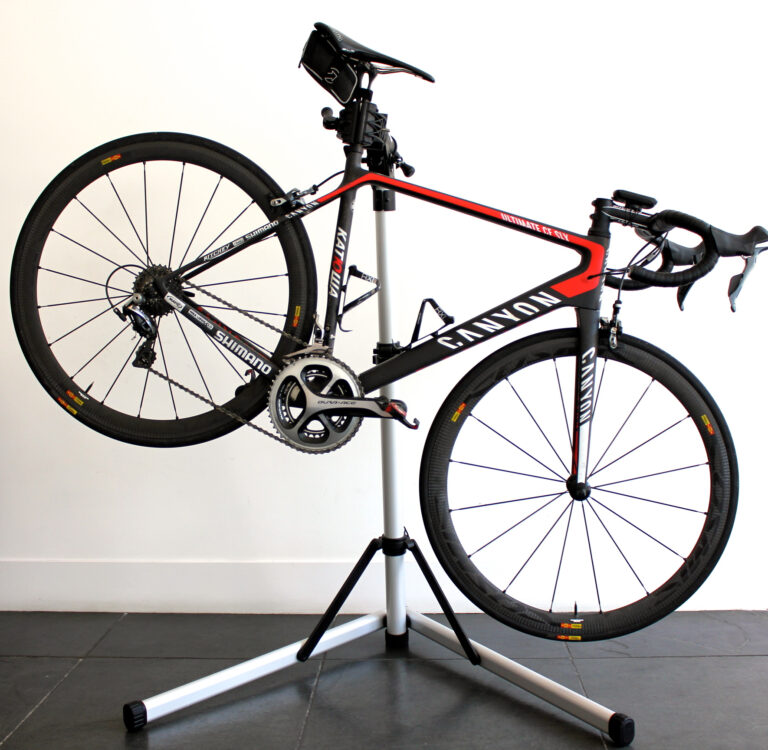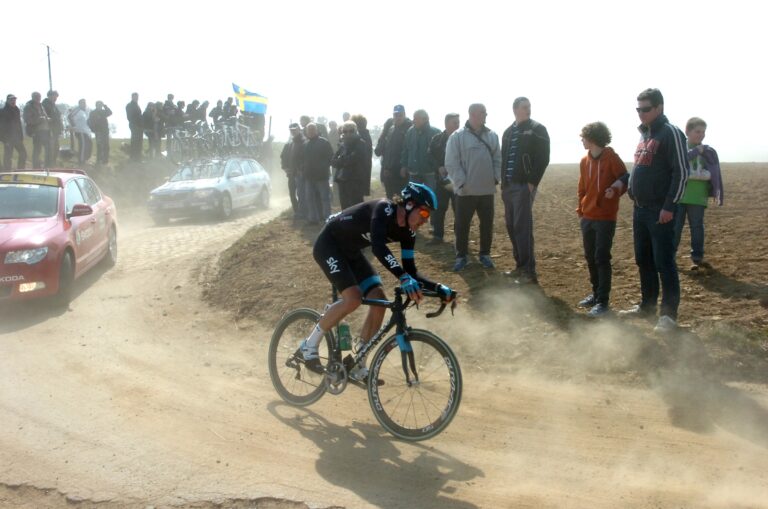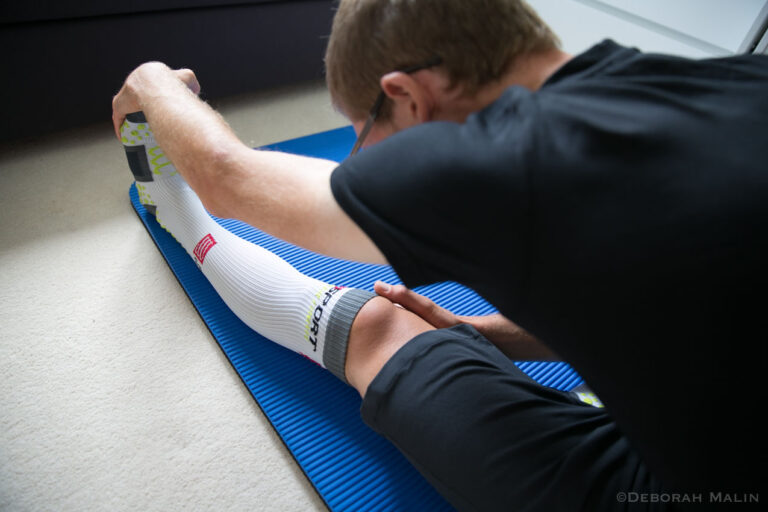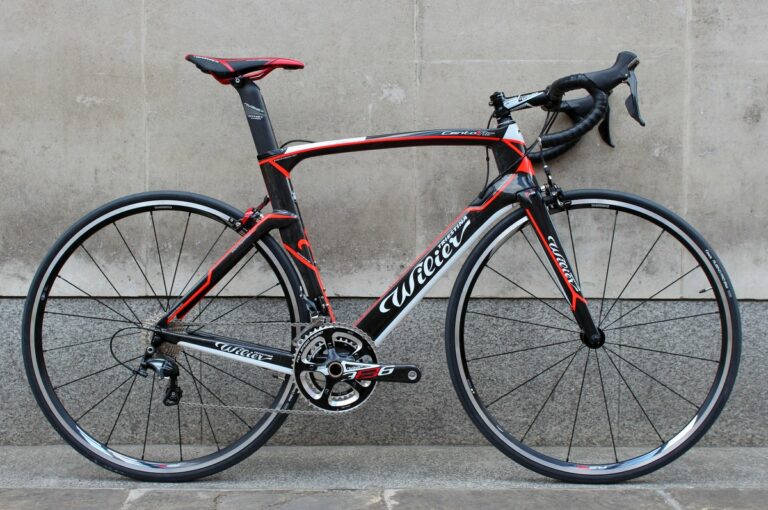Whether a complete newbie or experienced rider, the first step many of us take into the world of bike racing is the local club 10 mile time trial.
Held on carefully coded course names (stemming from the past when racing on the open road was banned, so time trials were held in secret) these midweek events happen throughout the country and are the mainstay of British club racing.
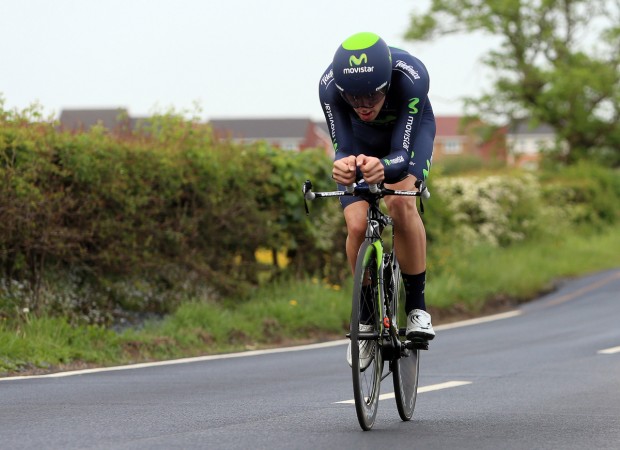
In one sense time trials have a purity that is appealing – you and the bike against… well, yourself in the first instance, chasing personal best times as well as race wins. While technology can play a big part in time trialling success due to the aerodynamic benefits of tri bars, aerodynamic wheels and skinsuits to name but a few of the gadgets available to make you faster we will concentrate on the fitness aspect.
Training for sportives will have given you a good base fitness to build on with specific time trialling work. Two important aspects for time trialling are a high lactate threshold to allow you to ride at a high workload for the duration of the race and the skill of pacing yourself well so that you get all your energy out by the finish line – but don’t go too hard too soon and ‘blow up’.
Top time triallists are able to hold over 90 per cent of their maximal capacity over a short time trial: without specific training, this may be around 70 per cent. To work on improving your sustainable power, aim to complete longer intervals of 10-20 minutes at the pace you can sustain during an hour long time trial.
A power meter is really useful to monitor how steady an effort you are maintaining but for such efforts a heart rate monitor is a good alternative, though it will take a while for heart rate to rise to a steady rate. Make sure you don’t start out too hard and drop off the pace.
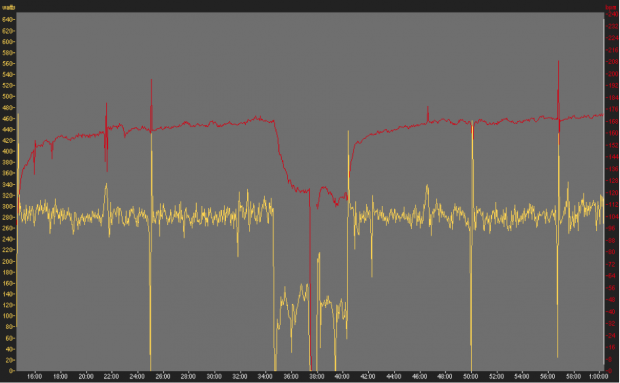
As well as building your sustainable power with time trial pace work, adding a little extra intensity can help to improve your time trialling. One good way to achieve this is by adding intervals that are just over your sustainable pace to overload your body and train yourself to be able to deal with higher levels of lactate.
Splitting twenty minutes of work into four lots of five minutes with recovery periods in between will allow you to complete a greater amount of work overall than you could do in the same period all in one go. Try starting off with long recovery periods and decrease this each week, for example from five to two minutes over a four-week training block. After several weeks of these efforts you will be close to holding that power for a one-off time trial.
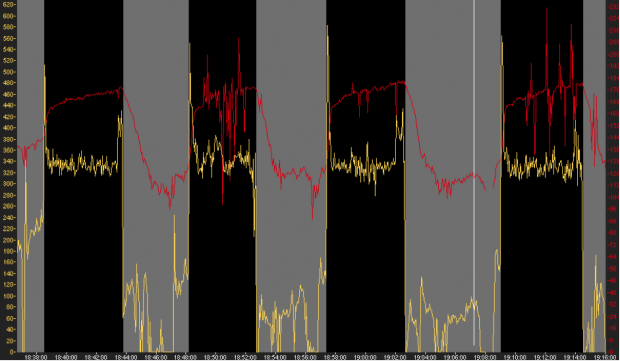
While constant paced intervals replicate the time trialling effort well, another strategy can be used to further increase your ability to cope with high amounts of lactate and improve your pain tolerance too! Pain tolerance is an important aspect of cycle racing, as we saw recently with Tony Martin’s Tour de France TT win despite a bad crash resulting in a lot of skin loss!
The graph below shows ten minutes of work where average power output and heart rate (dotted lines) are the same as a time trial effort, but the rider has alternated 15 seconds of work well over time trial pace, but not quite a full on sprint, with 15 seconds at endurance pace.
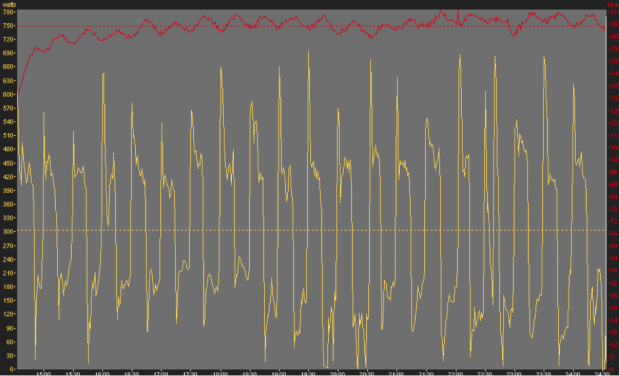
These changes in pace accustom the body to dealing with the strain of pushing hard and recovering, which is important in all aspects of racing, but overall are around time trial pace so also improve your tolerance to sustained high intensity work which is essential for time trialling.

